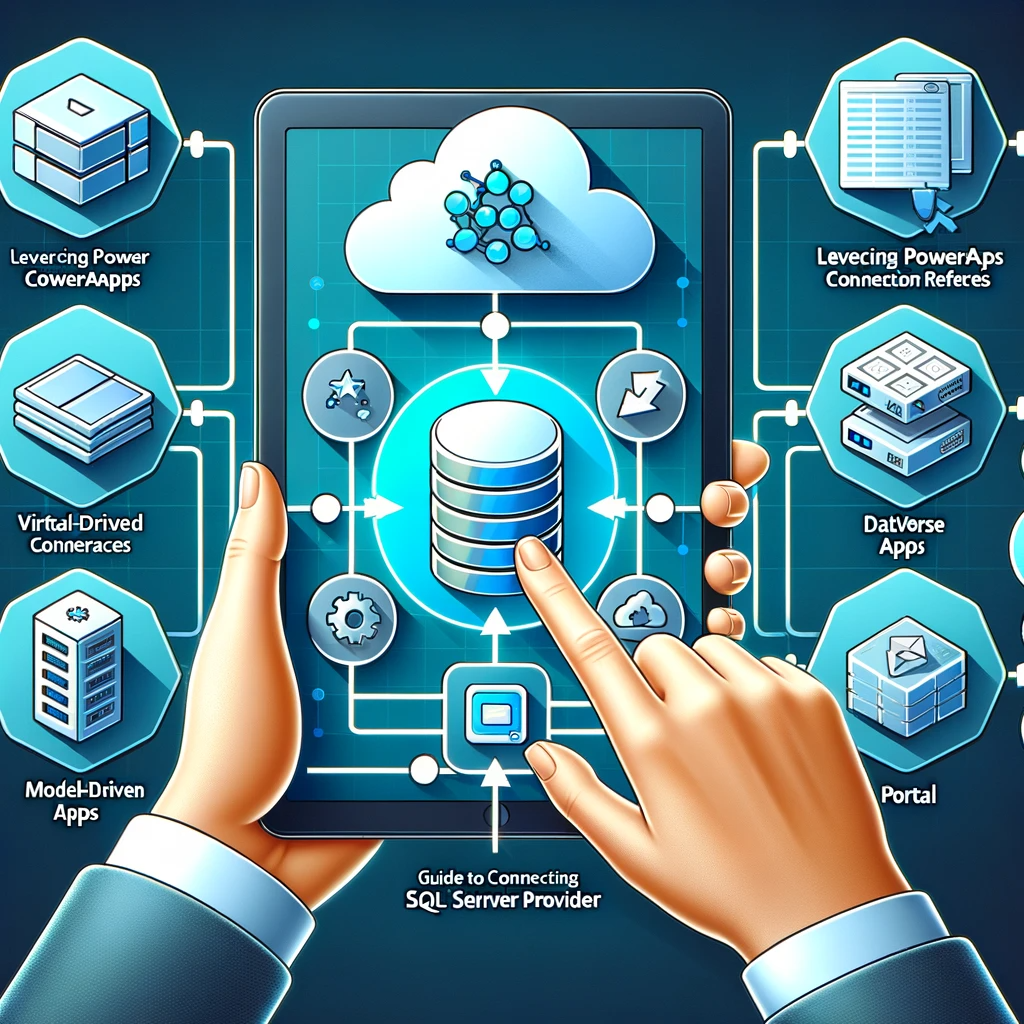Introduction:
In today’s digital world, efficient data connection has become paramount. When building model-driven or portal apps, integrating diverse data sources seamlessly can be a challenge. Thanks to the PowerApps ‘Virtual Connector Provider’, this process is now straightforward. In this guide, we’ll delve into how you can effortlessly connect to an SQL Server using PowerApps connection references and virtual tables.
Understanding Virtual Tables
Virtual tables stand out as an excellent feature within PowerApps, allowing access to data from varied sources like SQL Server, Excel, and SharePoint via Dataverse. Especially for model-driven or portal apps, virtual tables present a way to harness data effectively. With the introduction of the ‘Virtual Connector Provider’, the creation of virtual tables has evolved into a no-code endeavor.
Steps to Implement Virtual Tables
- Install the ‘Virtual Connector Provider’ from AppSource
- Determine if there’s an existing SQL Server connection or create a new one
- Create a ‘Connection Reference’ linked to the aforementioned SQL connection
- Configure a Virtual Connector in Dataverse using the ‘Connection Reference’
- Utilize the Entity Catalog to designate the SQL tables/views to showcase as virtual tables
- Finally, integrate the virtual tables into your apps
How to Connect to the SQL Server Virtual Table
Once your virtual table is ready, integrating it into a model-driven app is seamless. Whether you’re working on an existing or a new model-driven app, simply add a new page and select your virtual table from the list.
On the flip side, connecting to the SQL Server virtual table from a Portal app is equally straightforward. Just include a list control to a portal page and from the properties pane, opt for the virtual table.
Setting permissions and assigning roles ensure that the SQL Server table data displays efficiently during runtime.
Some Relevant Data :
- The PowerApps SQL Server Connection ensures efficient data integration for enhanced app performance.
- PowerApps SQL Server Connection uses the Virtual Connector Provider to simplify the creation of virtual tables.
- Organizations can benefit greatly from the PowerApps SQL Server Connection by tapping into multiple data sources easily.
- Model-driven apps get a significant boost with the PowerApps SQL Server Connection.
- Portal app developers find the PowerApps SQL Server Connection indispensable for streamlined data access.
Conclusion
The ‘Virtual Connector Provider’ has revolutionized the way we view virtual tables in Dataverse. Being able to create model-driven and portal apps that fetch data not just from Dataverse but also from diverse sources is a game-changer. The steps illustrated in this article outline how to implement a virtual table based on SQL Server, emphasizing its compatibility with model-driven and portal apps. Should you need any further assistance or face any technical challenges, don’t hesitate to contact us. Our team is here to ensure your queries are resolved, and yes, we offer this as a premium service.






